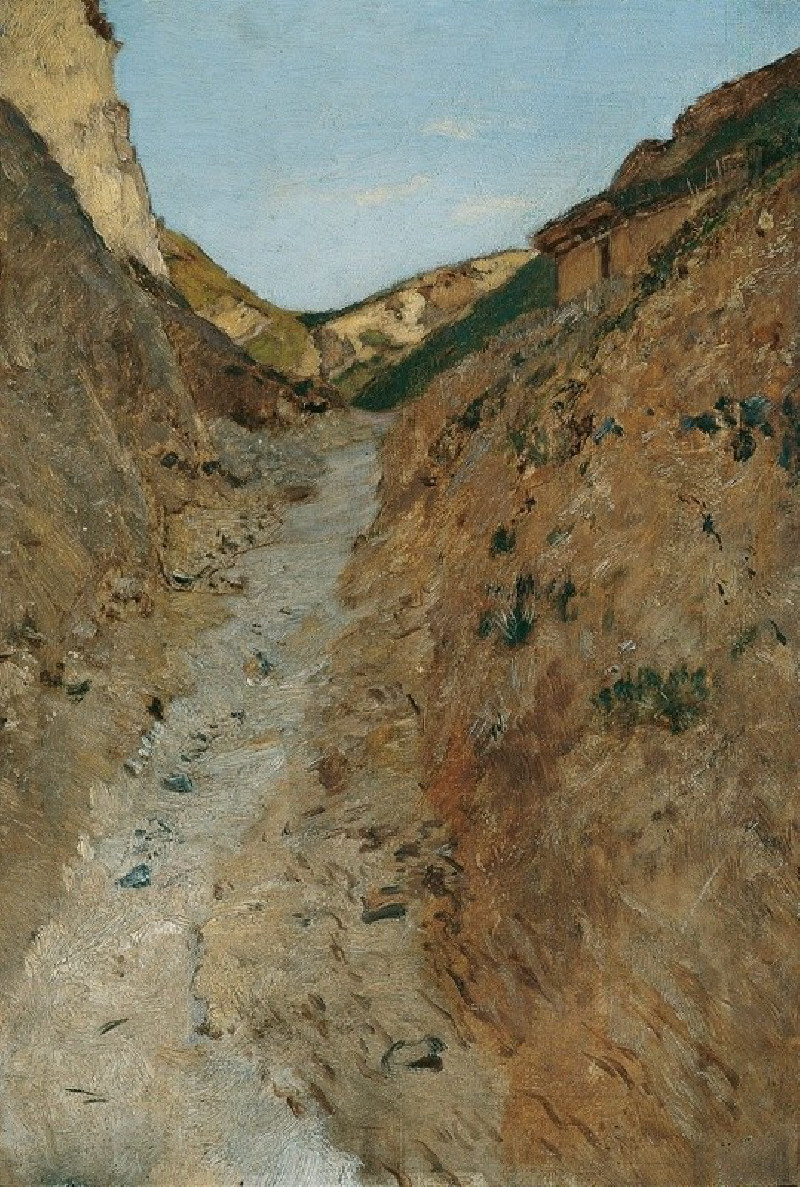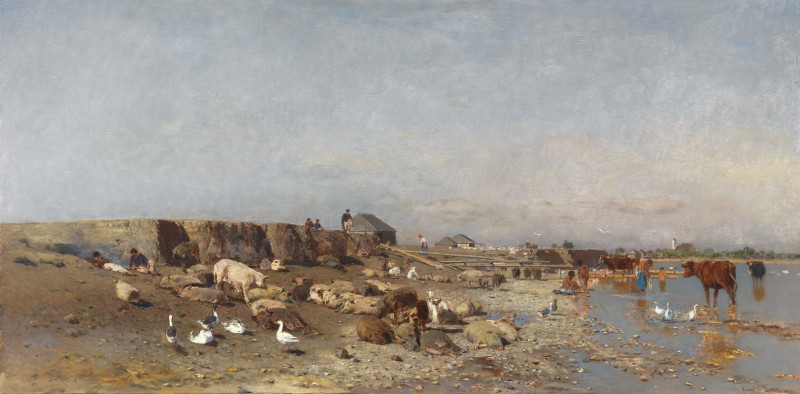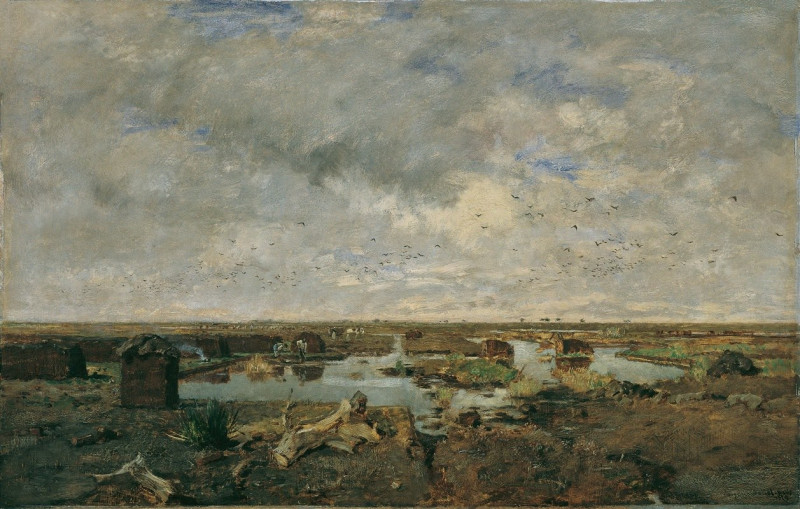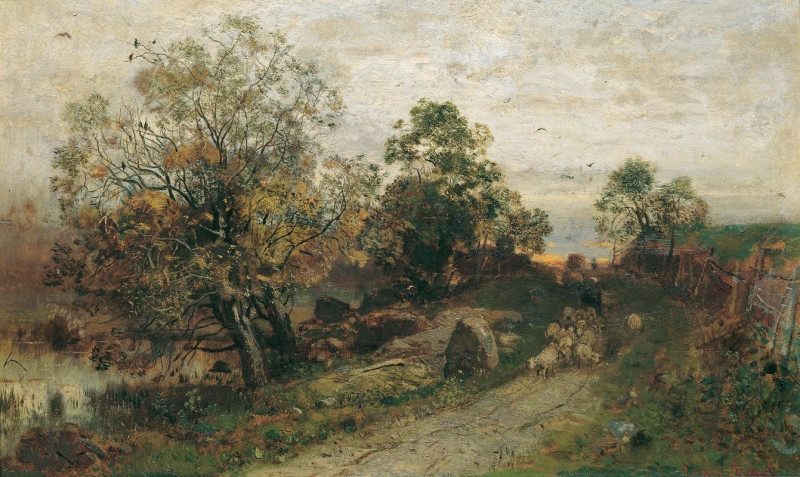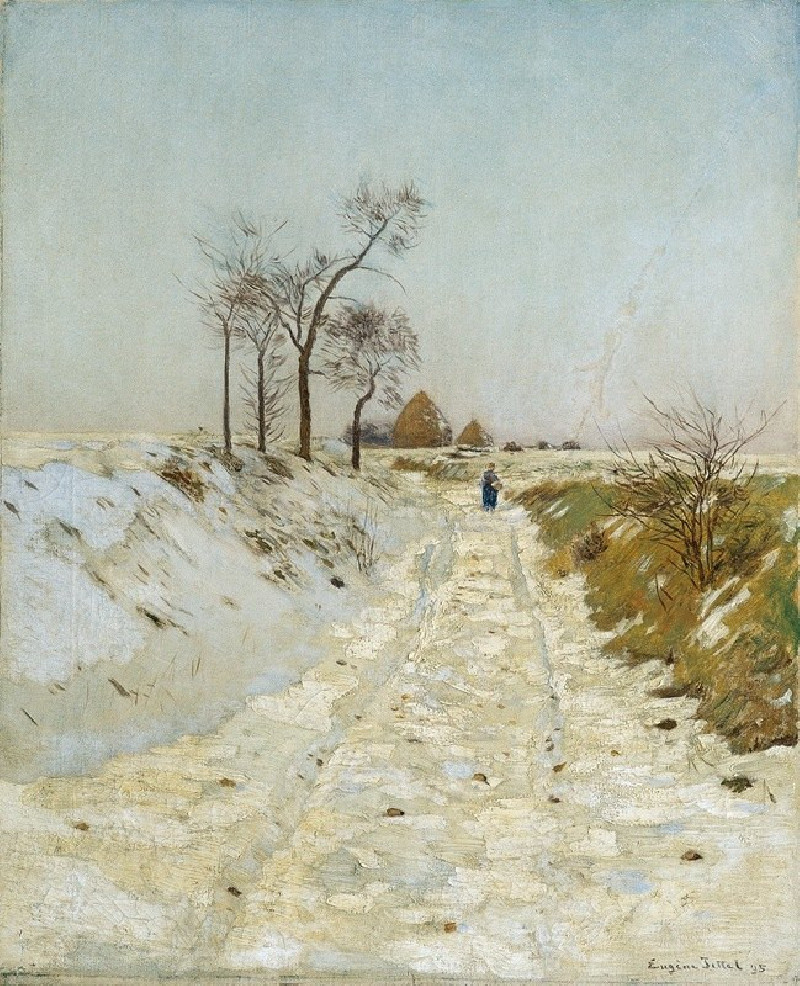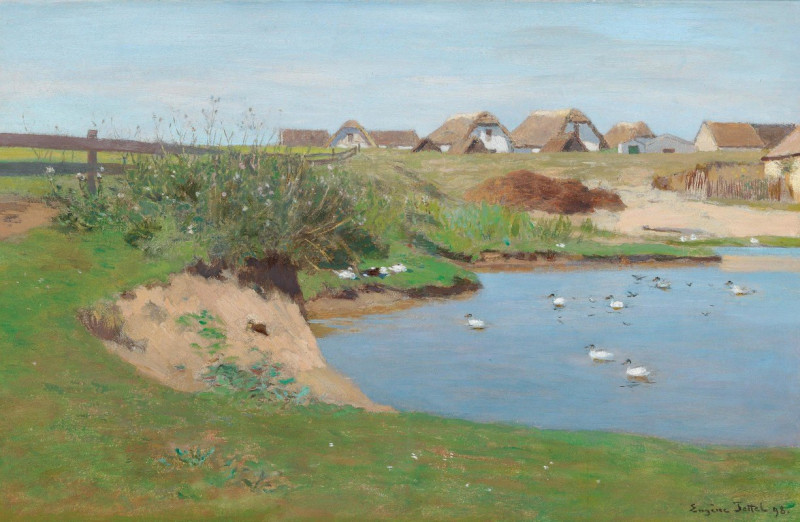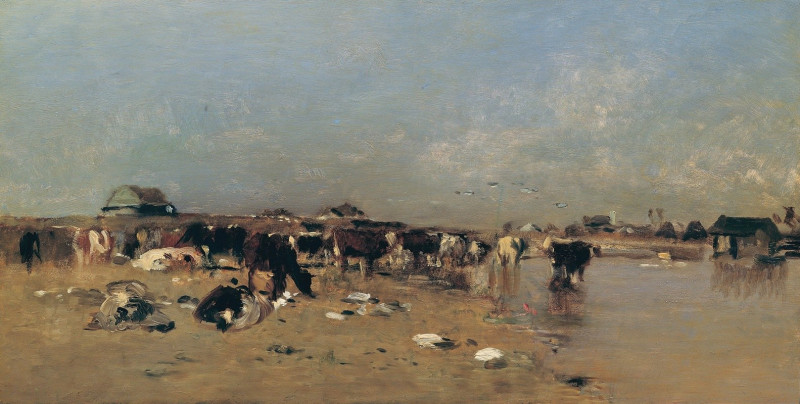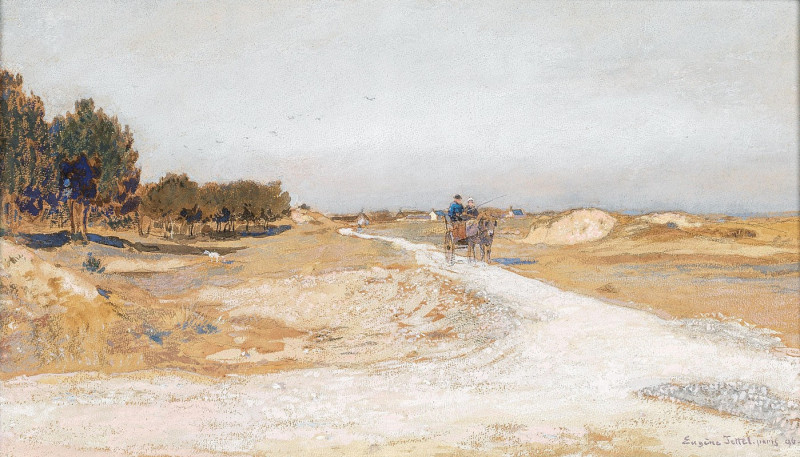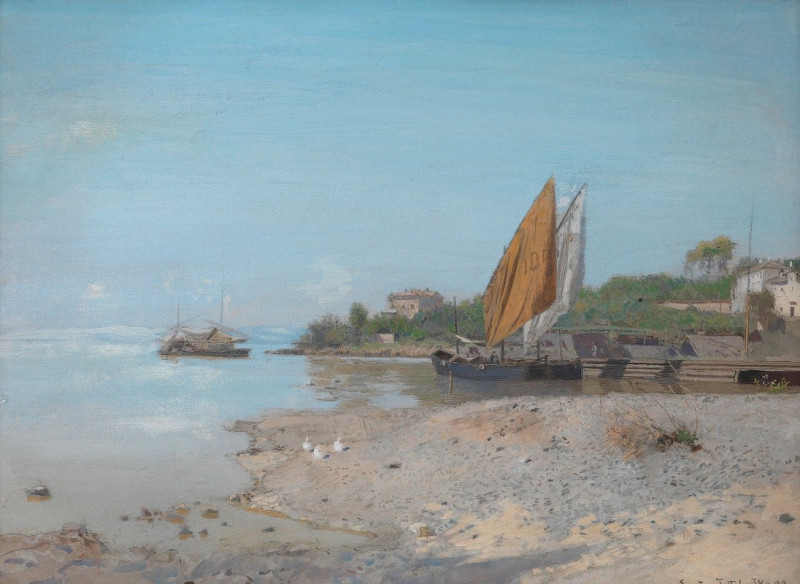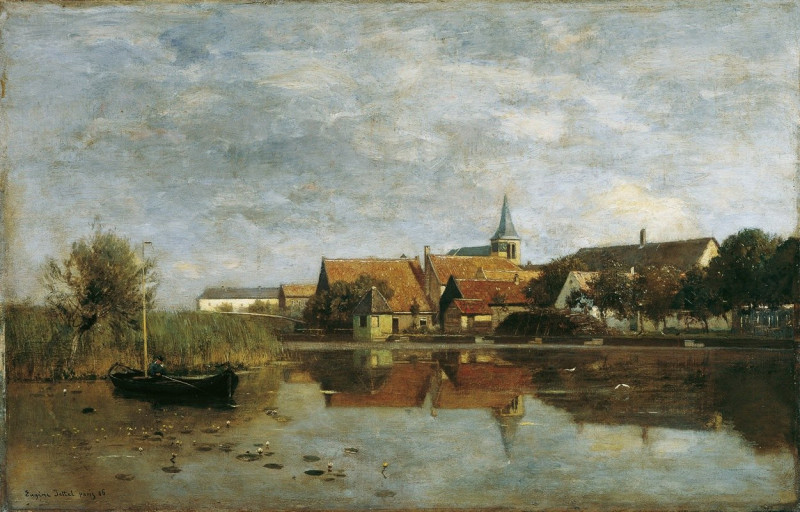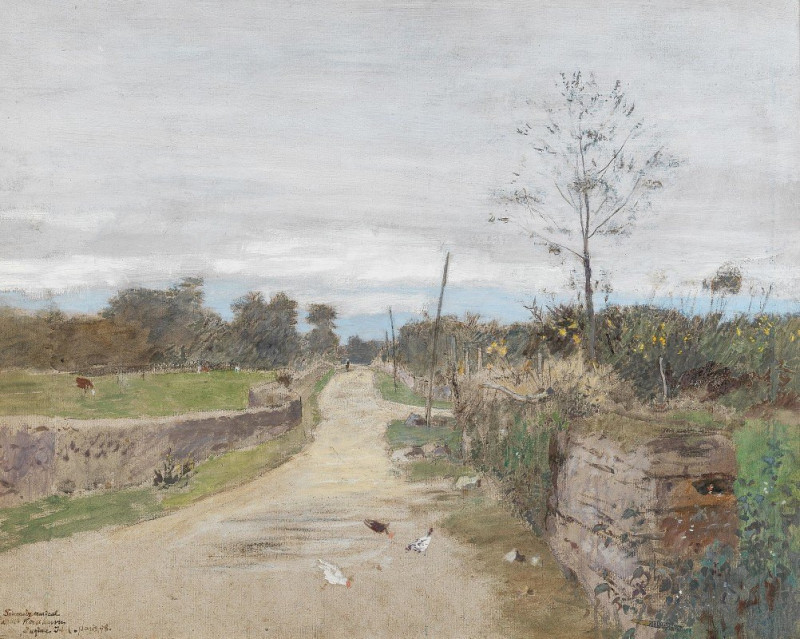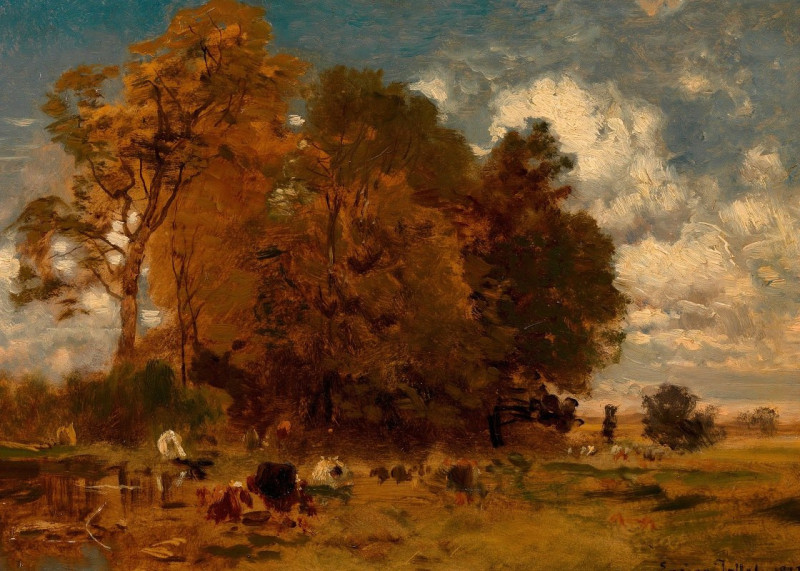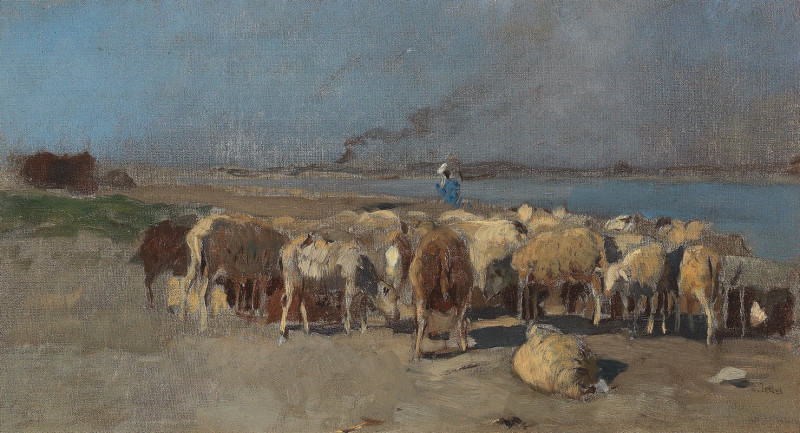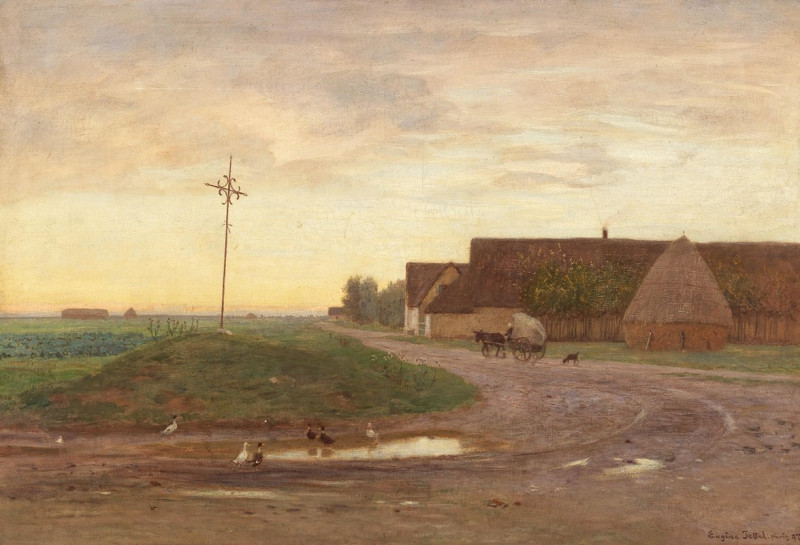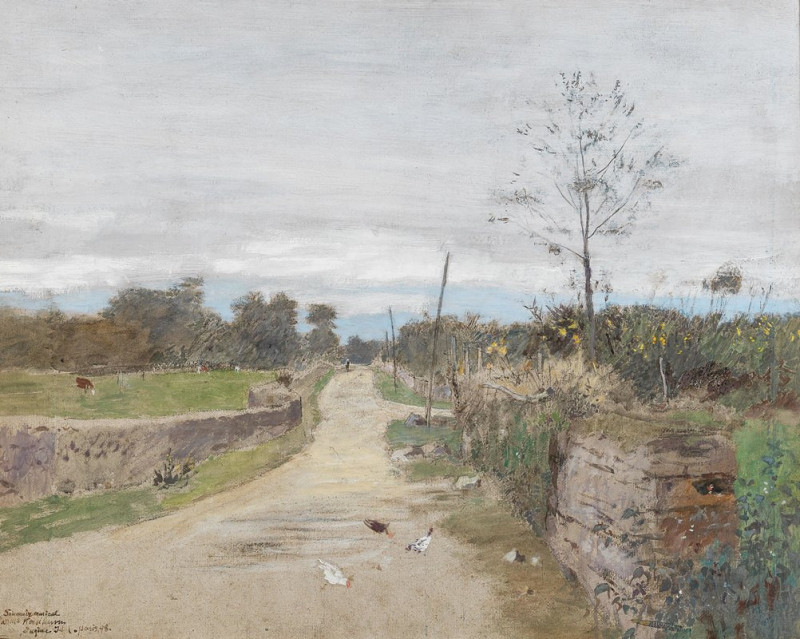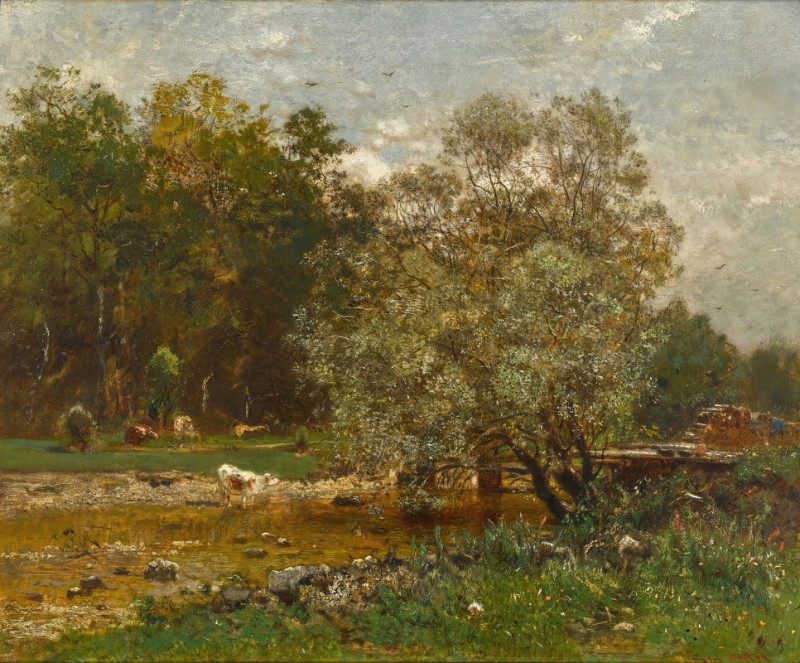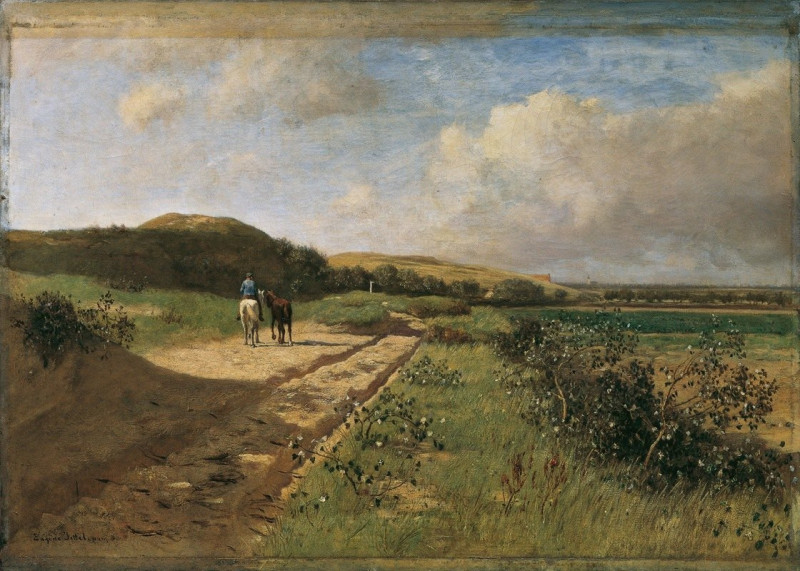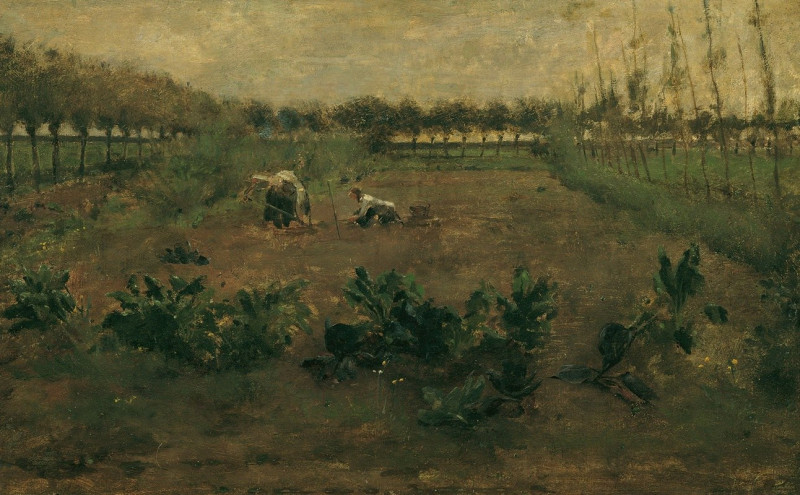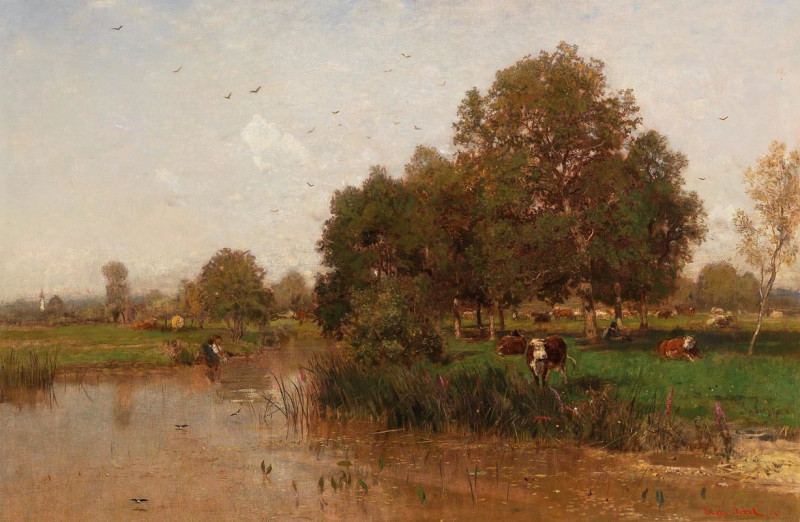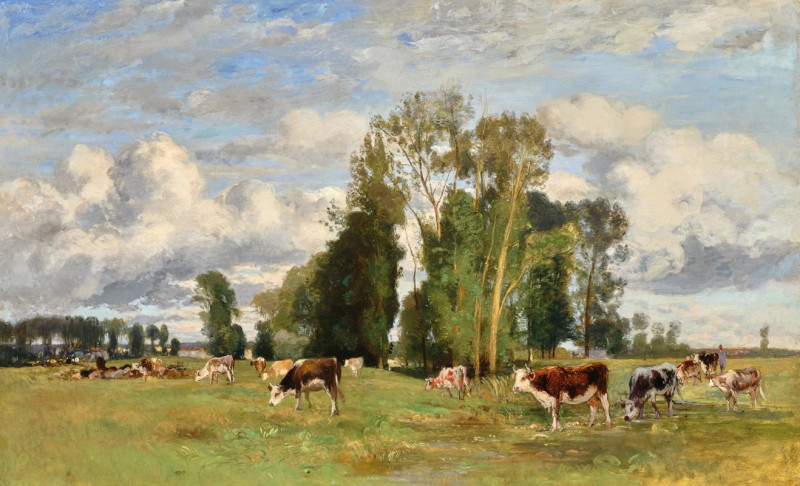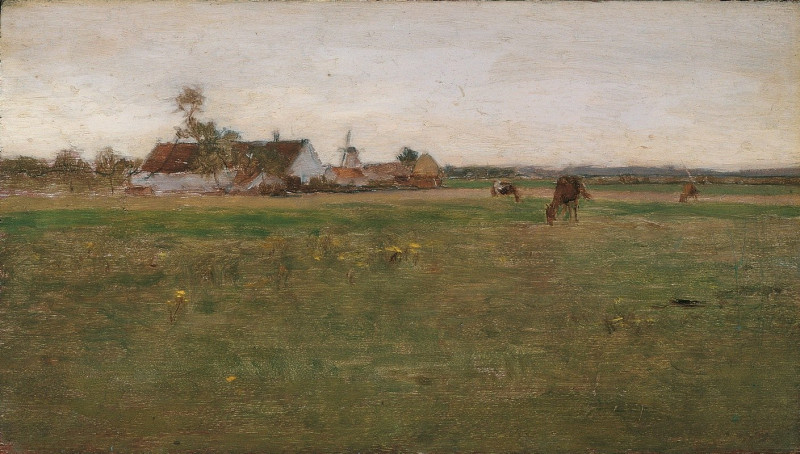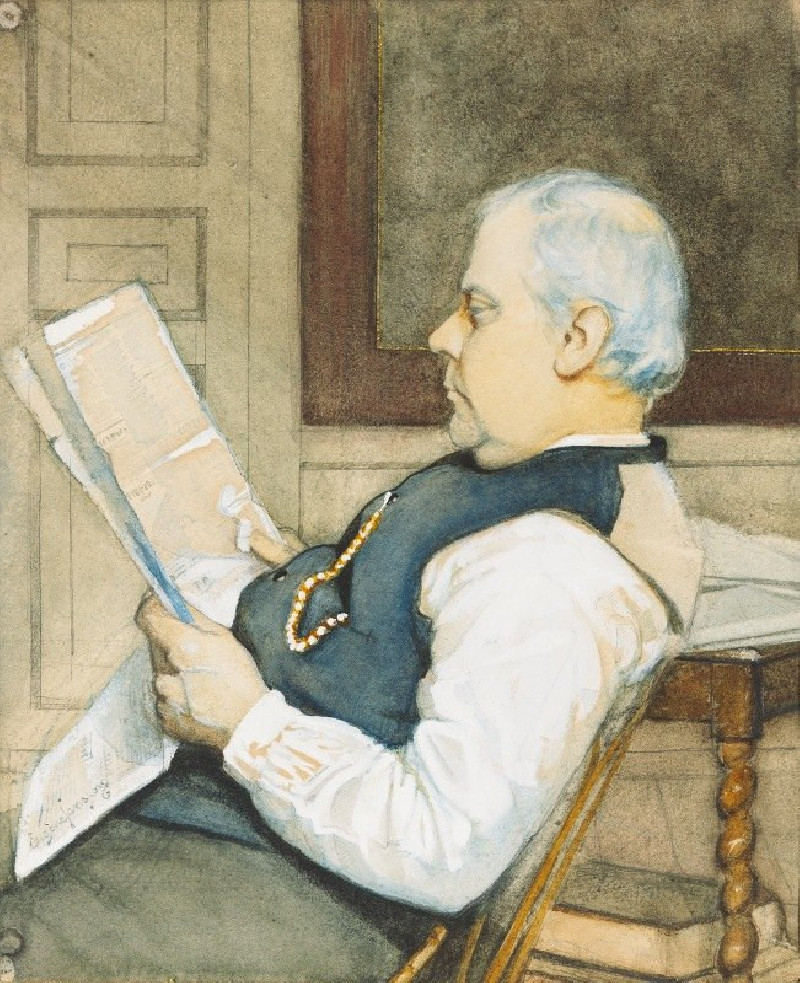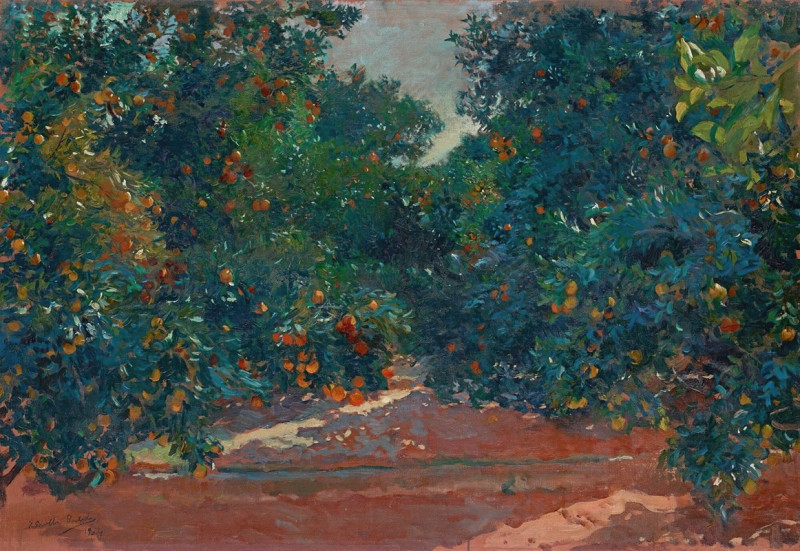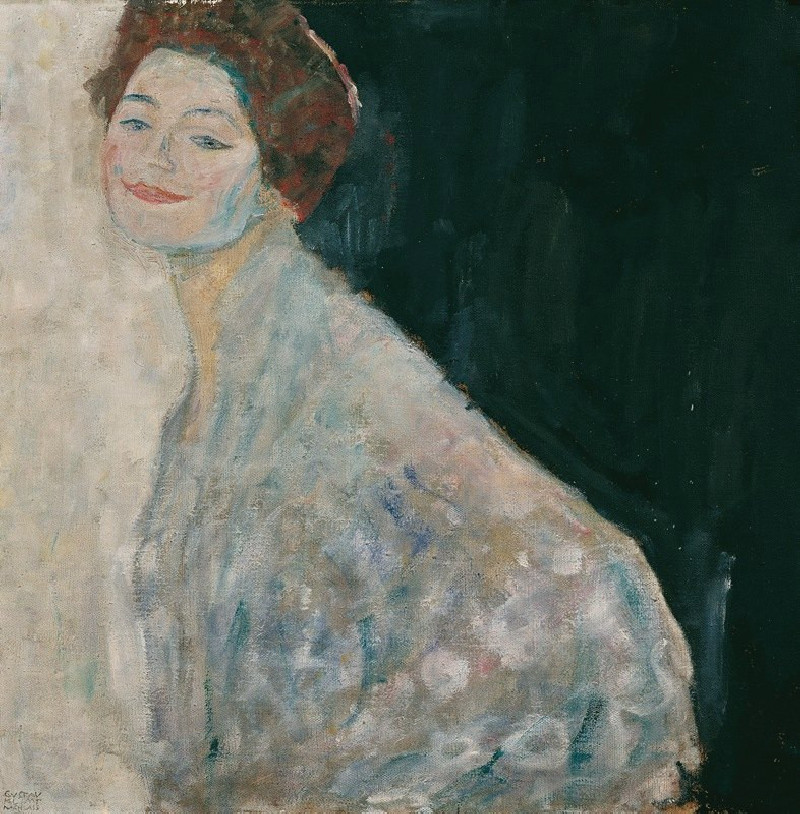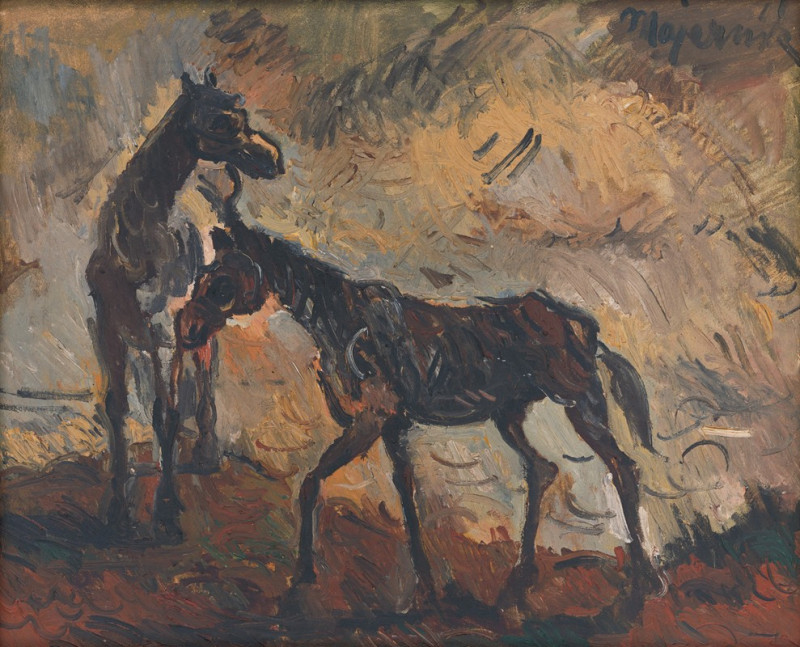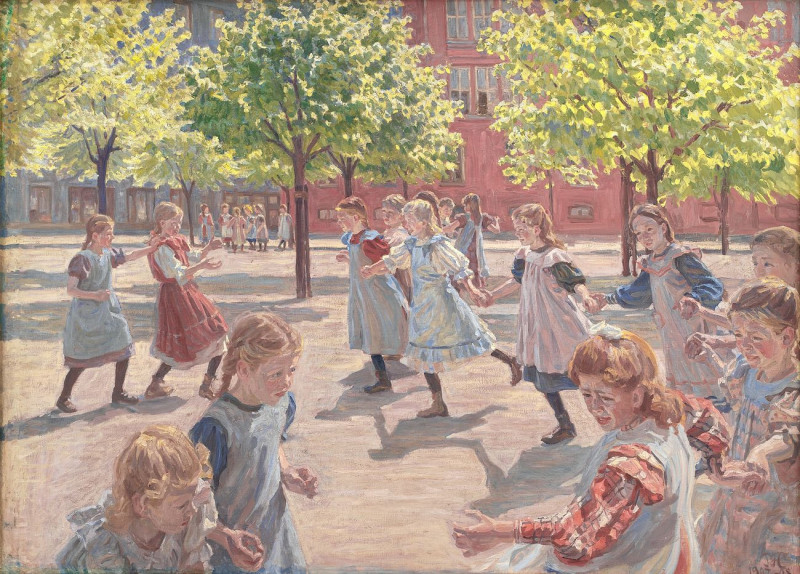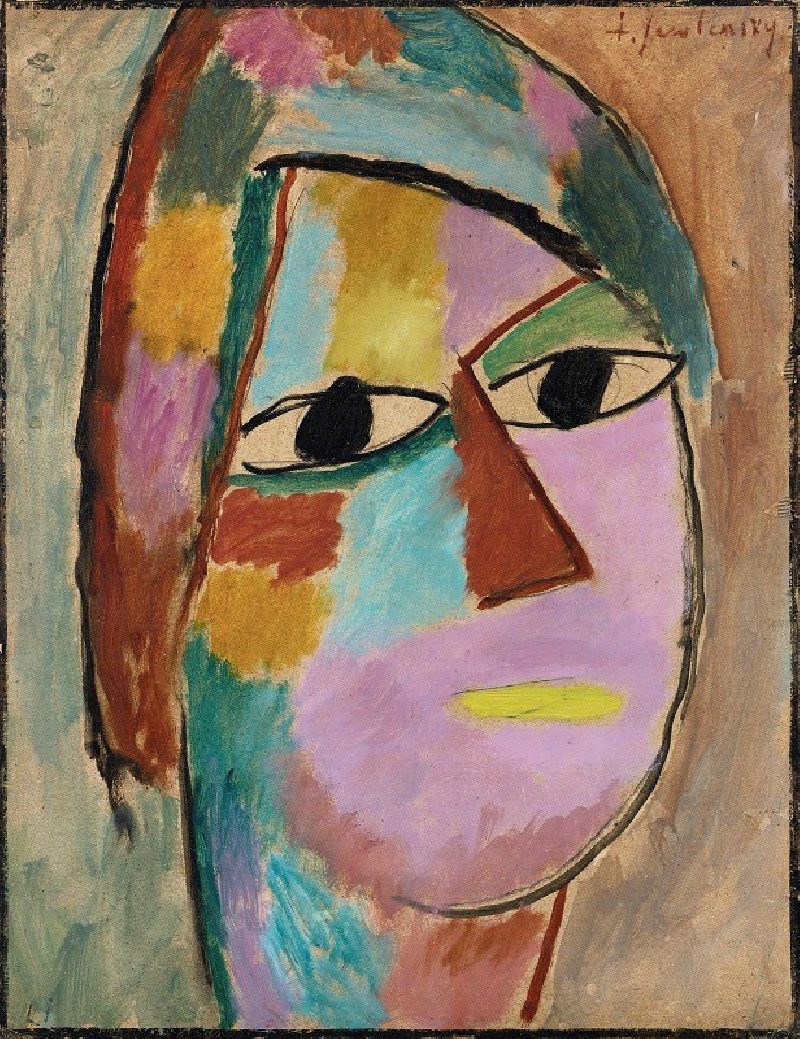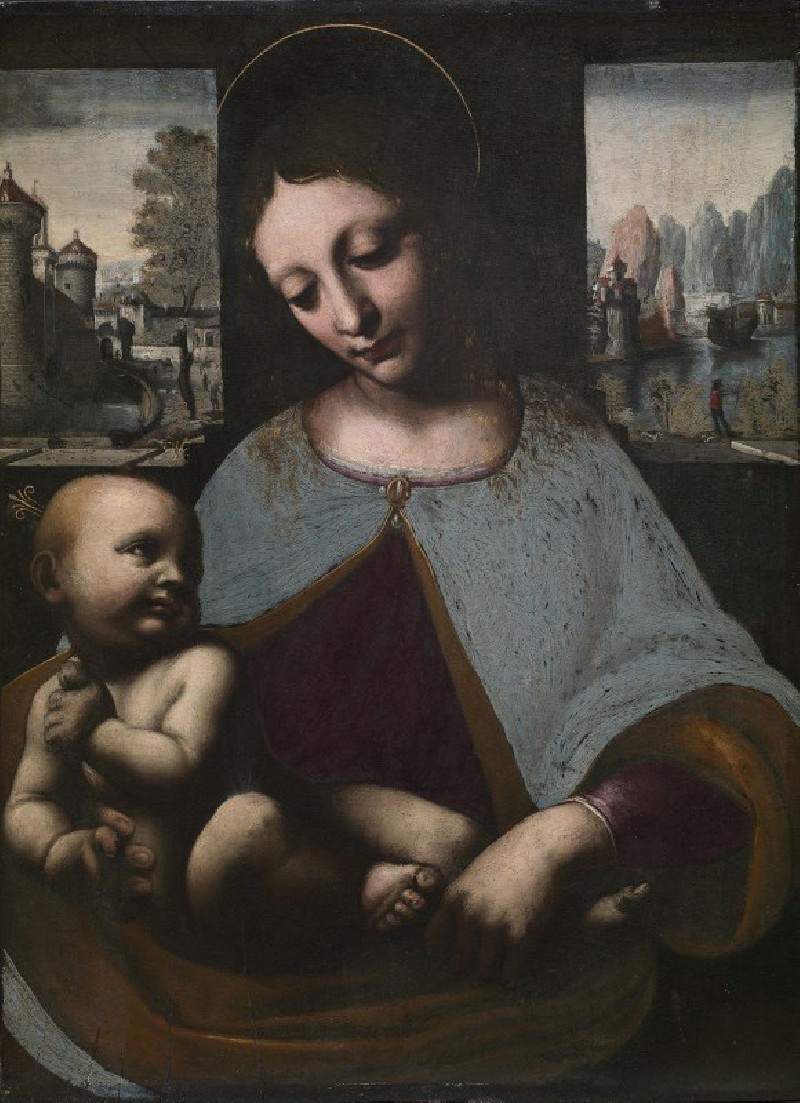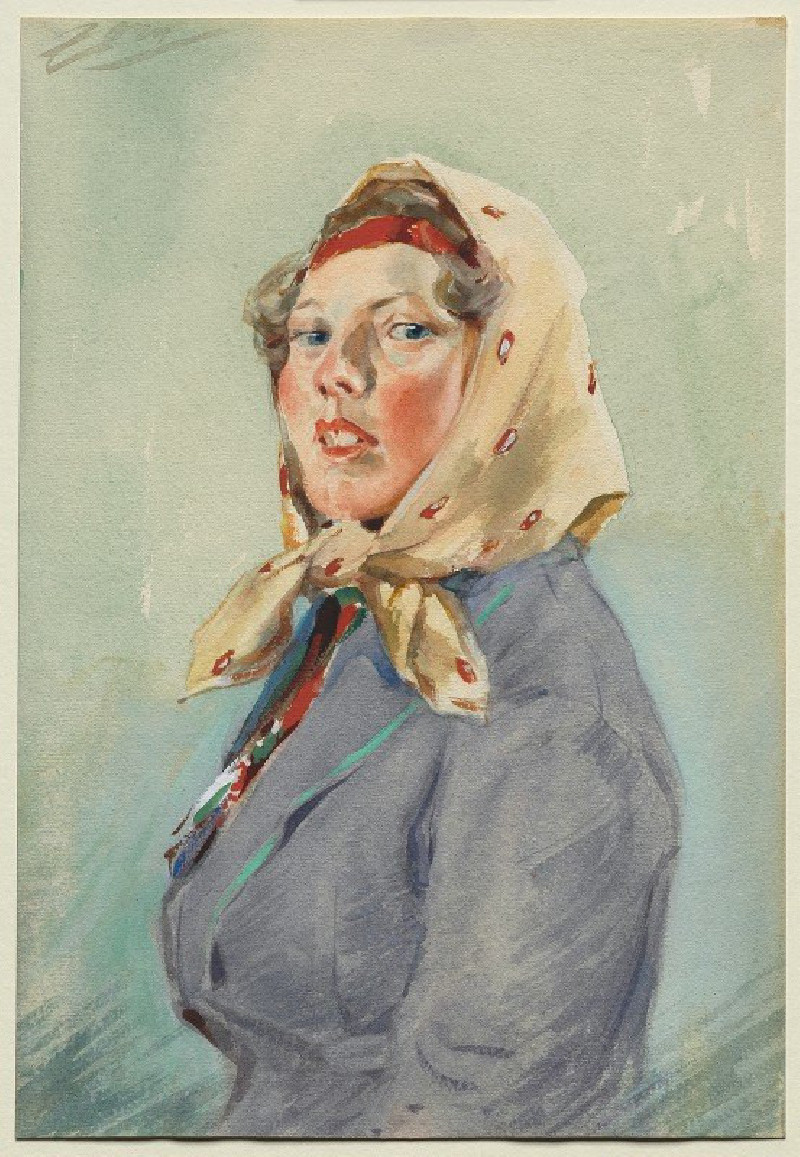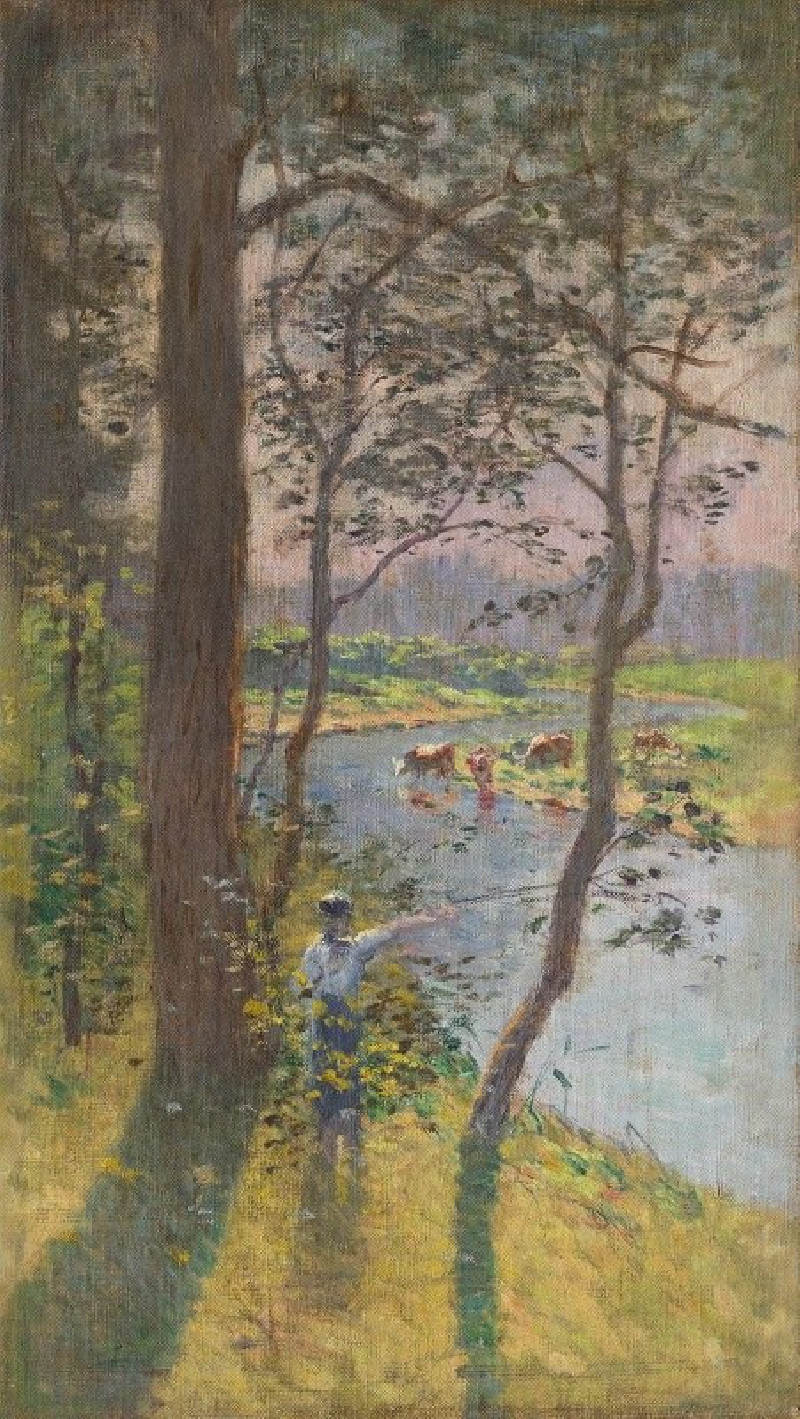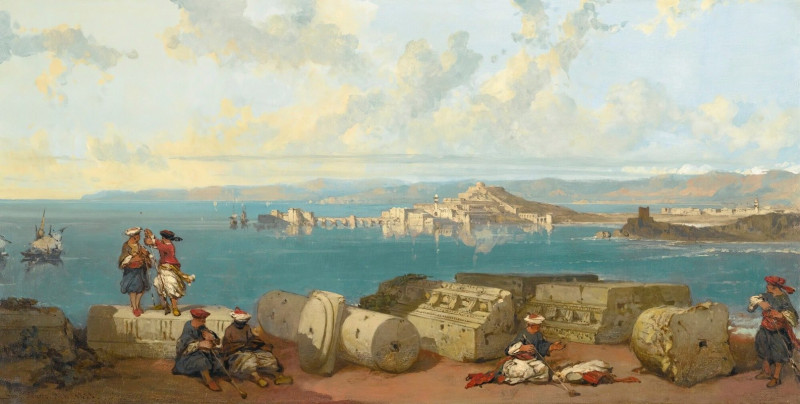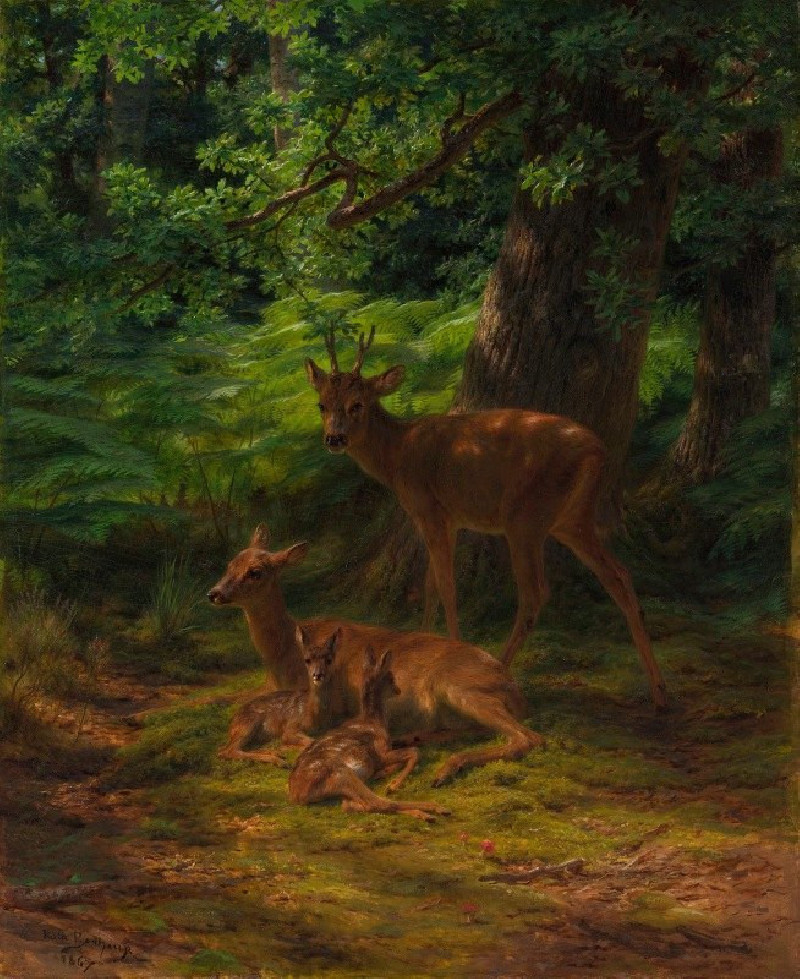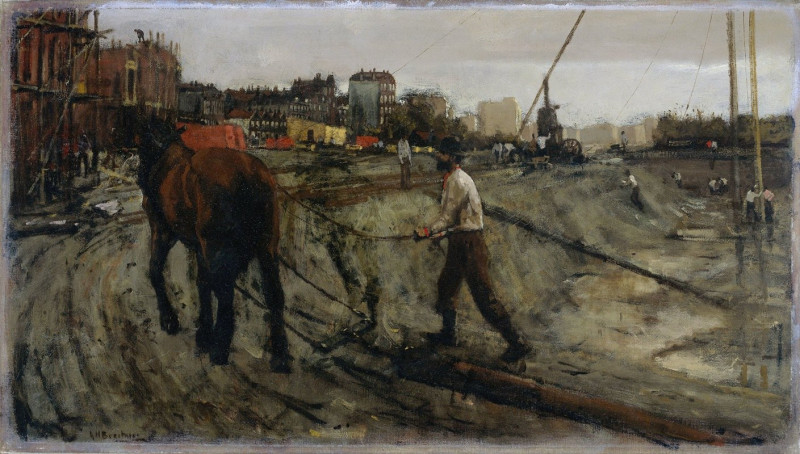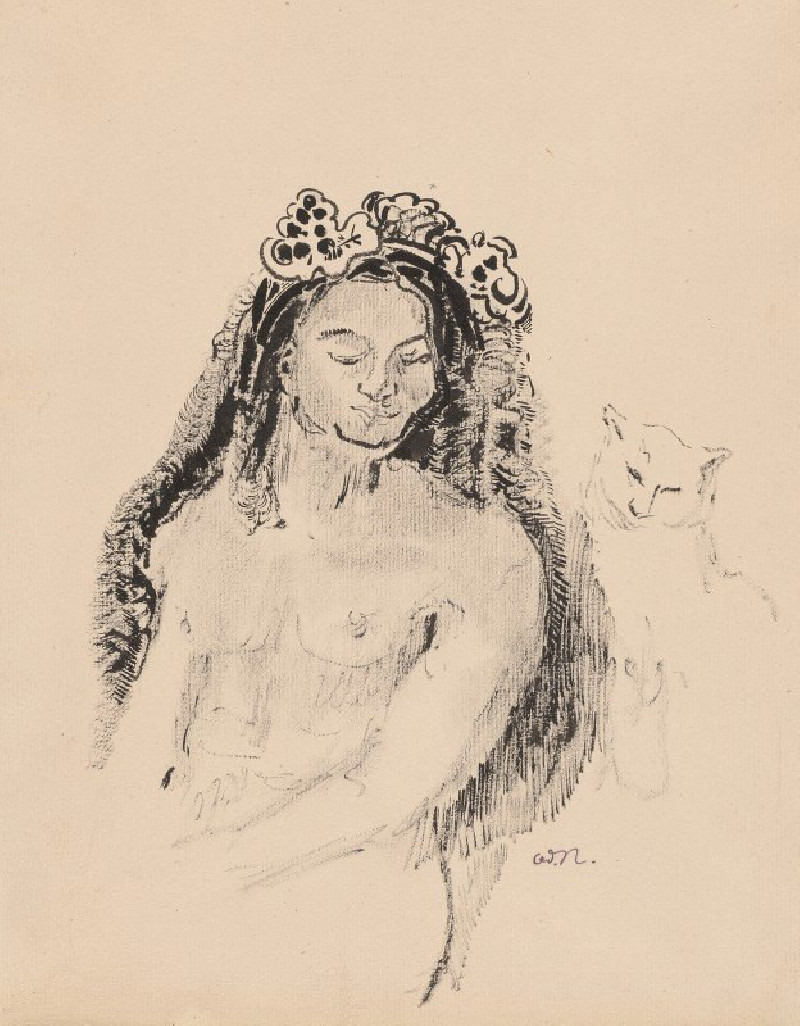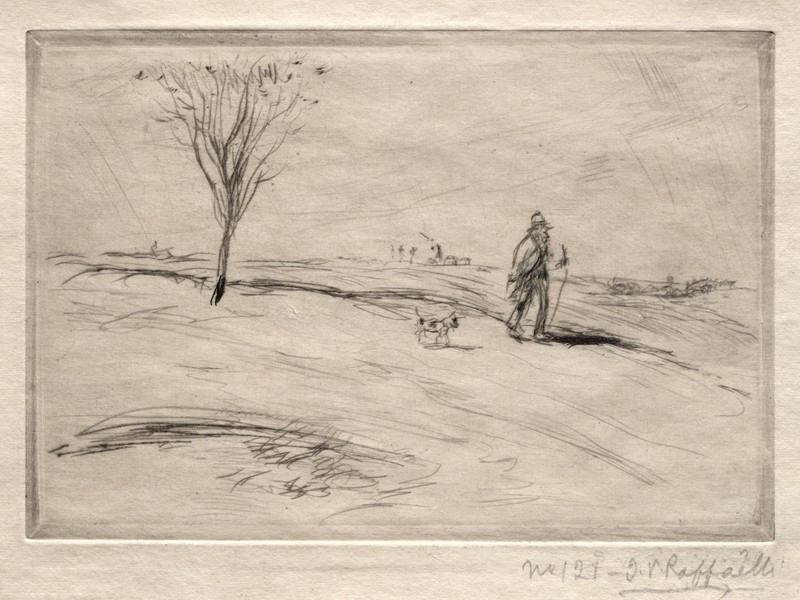Der Weg im Steinbruch (1895)
Technique: Giclée quality print
Recommended by our customers
More about this artwork
Eugen Jettel's evocative painting, "Der Weg im Steinbruch" (The Path in the Quarry), dated 1895, captures a singularly rugged yet serene landscape scene. This artwork features a meandering pathway through a deep quarry. The quarry itself is depicted with steeply sloped sides that converge into a narrow trail, guiding the viewer's eye towards the gentle crest of distant hills visible under a calm blue sky.The use of texture in this painting is especially notable; Jettel's brushwork skillfully renders the rocky terrain with a lifelike ruggedness that you can almost feel. Various shades of browns and greens suggest a natural space that, despite human intervention, remains wild and untamed. Small brush strokes imply bits of vegetation, adding specks of color and life to the otherwise stark environment."Der Weg im Steinbruch" is a masterful representation of light and shadow, which enhances the depth and dimensionality of the quarry walls. Jettel’s painting captures not just a physical location but evokes a feeling of solitude and the passage through time within the isolated confines of nature's reshaping of the land.
Delivery
Returns
Richard Alfred Eugen Jettel (20 March 1845 – 27 August 1901) was an Austrian painter, producing mainly landscapes. He studied at the Vienna Academy and moved to Paris in 1873, before moving back to Vienna in 1897 and serving as a co-founder of the Vienna Secession. He was made a Knight of the Légion d'honneur in 1898.

